It is Monday morning in a forgotten village in the mountain of Santiago, the main island of the Cape Verde archipelago off the coast of West Africa. Last night, we got here by chance.
My friend and I sit on plastic chairs near the village shop. Neighbors and kids of our hosts are there. We discuss life. This tiny shop near the children playground, also serving coffee, beer and snacks, is the village meeting point. Kids point fingers to the mountain, saying there is another village up there, much higher up. Rui Vaz. Indeed, if you look carefully, you can spot distant contours of buildings, at much higher elevation. I ask, how much time on foot? The response: no one walks on foot.
A grandpa, sipping his beer nearby, comments wisely: “This man is a tourist. Tourists always walk on foot.”
I double check: not one from my dialoguers - the local shop clients, mostly neighbours - can tell how far Rui Vaz is, because no one ever walked up to Rui Vaz. I know this pattern, which somehow repeats in every geography: people in rural communities do not know the topography of the nearest area. I often wonder how long ago this knowledge was lost - one, two, three generations? Or maybe it never existed? Could it be that in the distant past, people simply travelled less? Why explore dangerous lands, while everything you need - fruit, vegetables, chicken - is here?
The man who just spoke informs me that one can get to Rui Vaz by public transport, by making a long, 20-km detour. A colectivo (shared minibus) can take you to the nearest town São Domingos, where you can catch another bus that climbs the mountain from another side.
This conversation defines our idea for today. We are going to hike up the mountain to Rui Vaz, discovering the long-forgotten footpath! We are also curious what we would see from such an altitude. Maybe the ocean and the neighboring islands?
We soon set off, and having passed the last building of the village, start climbing narrow and curvy footpath.
Halfway up the hill, we pass a solitary home. We stop and knock at the door, to ask for the way. We meet two friendly ladies, Isolda and her sister. They tell us we got astray and point us to the right direction. Our target village is less than an hour away. Apparently the track is not as forgotten as we had romanticized. Isolda invites us for couscous on the way back. Sadly, we won’t be walking back the same way!
It gets pretty. Santiago’s majestic highest peak Pico d’Antonia is now in front of us, hidden in clouds.
In short time we cross the ridge. Behind it, we find the mountain village Rui Vaz, our target. The hike took less than two hours, so we have energy for more but we stop in the village shop for coffee. The owner brings some chairs and kindly offers some food. We meet Luis, a construction worker taking his lunch break. His colleagues join in. They proudly demonstrate the nearby house they have been building.
While talking to Luis, our meal arrives. It is hamburger of egg and frozen minced meet (as I hear, imported from Brazil), instant coffee, instant milk and sugar. As typical in Cape Verde, food comes with no garnish, no fruit and no vegetables - even though the valley we just walked was abundant with vegetation. How is it possible, and why is it so, that people here eat almost exclusively meat? I already attempted to touch on this topic here: Big Surprises in Cape Verde.
We continue climbing up the hills. Soon, the village ends. In the woods, we meet a laughing grandma with children, collecting firewood. We exchange a few words and share apples.
We continue our hike uphill, until we get the reward. Behind the mountains, we get to see the ocean. And there, lurking far near the horizon to the West, there she is: the neighboring island of Fogo, with its enormous active volcano cone. The mountain seems close. In fact, it is 80 kilometers away.
After a moment of meditation, we start hiking down, following a steep trail. The views are magnificent. But here’s a warning sign: towards us comes a group of foreign tourists aiming for Pico d’Antonia, the island’s highest peak which we deliberately skipped. Ten minutes later we meet a second group: two German girls, heading the same way. We soon realize that we incidentally stepped on official hiker’s trail. If we continue, we are likely to practice our English, German and French which is not our ambition for today. Let’s get lost - we quickly decide, and we turn right into some random, barely visible footpath heading steeply down.
Soon, the footpath disappears in vegetation.
We don’t know how to continue. But it is strawberry field. There, we meet a smiling mountain girl from whom we negotiate a box of strawberries. Negotiation takes longer time and involves yelling in Criolu to agree price with the field owner, sitting on the house porch at the opposite hill.
We find another path and continue walking down. Some solitary mountain homes appear here and there. The mountain paths in Cape Verde often pass right across people’s gardens and porches, so we end up stopping and talking every five minutes.
This is how we meet Valdi. We stop to sit near him, and notice that the bush around is full of ripe tomatoes. After three days of having eaten meat and meat and meat and more meat, I dream of tomatoes.
Valdi’s tomatoes are tiny, actually the smallest kind I’ve known, and delicious. He helps me collect them. In no time we collect more mini-tomatoes that we can carry. Valdi wants no money: “Just take them. Otherwise they will rot because I cannot sell them. Small tomatoes are the best, but people don’t want to buy.”
We get up to walk further but we cannot. Valdi’s neighbor has spotted us and waves, so we come and say hello. He has a surprise treat: he takes out his big knife and cuts some sugarcane for us.
The kindness and generosity of those people is precious. We spend a beautiful moment together, with someone whom we never met and maybe never will. We exchange some words. The energy flows both ways. We end up with some sugarcane snacks from this kind man.
Towards the end of the path we pass two girls selling cabbage from big bucket for 100 escudos. We are not sure if we need cabbage but … we cannot resist those smiles and of course we buy the cabbage.
The path then passes another porch. To continue, we need to literally bend down our necks to walk under a canvas roof, under which a family is resting. Not stopping here would be rude, so we stop. A moment later, the strawberry girl whom we had met earlier catches up after us. She finished her work on the field uphill, and we accidentally ended up in her home.
The sun is setting down. We have almost arrived. Our village home is not far, but we are tired and in such a good company. We will go there soon. For now, we sit on the porch with a family of highlanders, laugh, share apples, oranges, and candies with kids. We wave to a neighbour, whose house is on the opposite hill. He waves back. Behind him, part of the trail is visible. The trail we decided to skip. Trail that leads to Pico d’Antonia, one of the top 5 attractions of the Island of Santiago.
Post Scriptum
Santiago is the main island of Cape Verde. To make the most of it, you must get lost, there is no other way: when signpost arrows point left, go right.
But you may disagree. To not leave you disappointed, here is an alternative list of Santiago, Cape Verde’s Top 5:
Hike up Pico d’Antonia
Explore the historic capital Ciudade Velha
Surf the waves in Tarrafal
Immerse in nightlife in Praia
See the country’s biggest tree in Assomada
We did not do any of those, but we thought you would like to know!
And to learn what we did the next day, the story continues here.

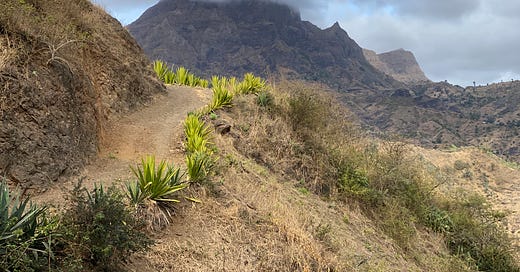


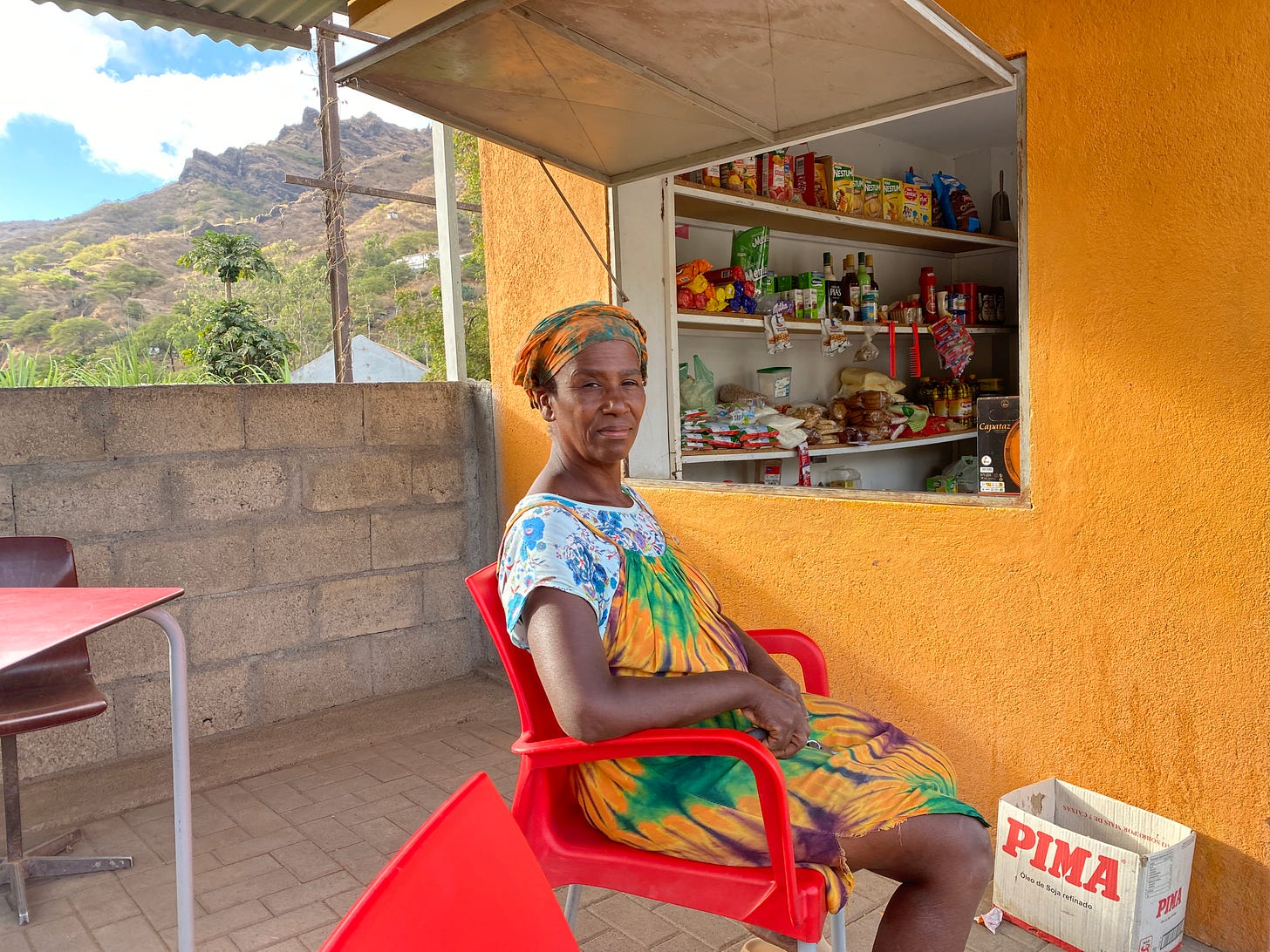
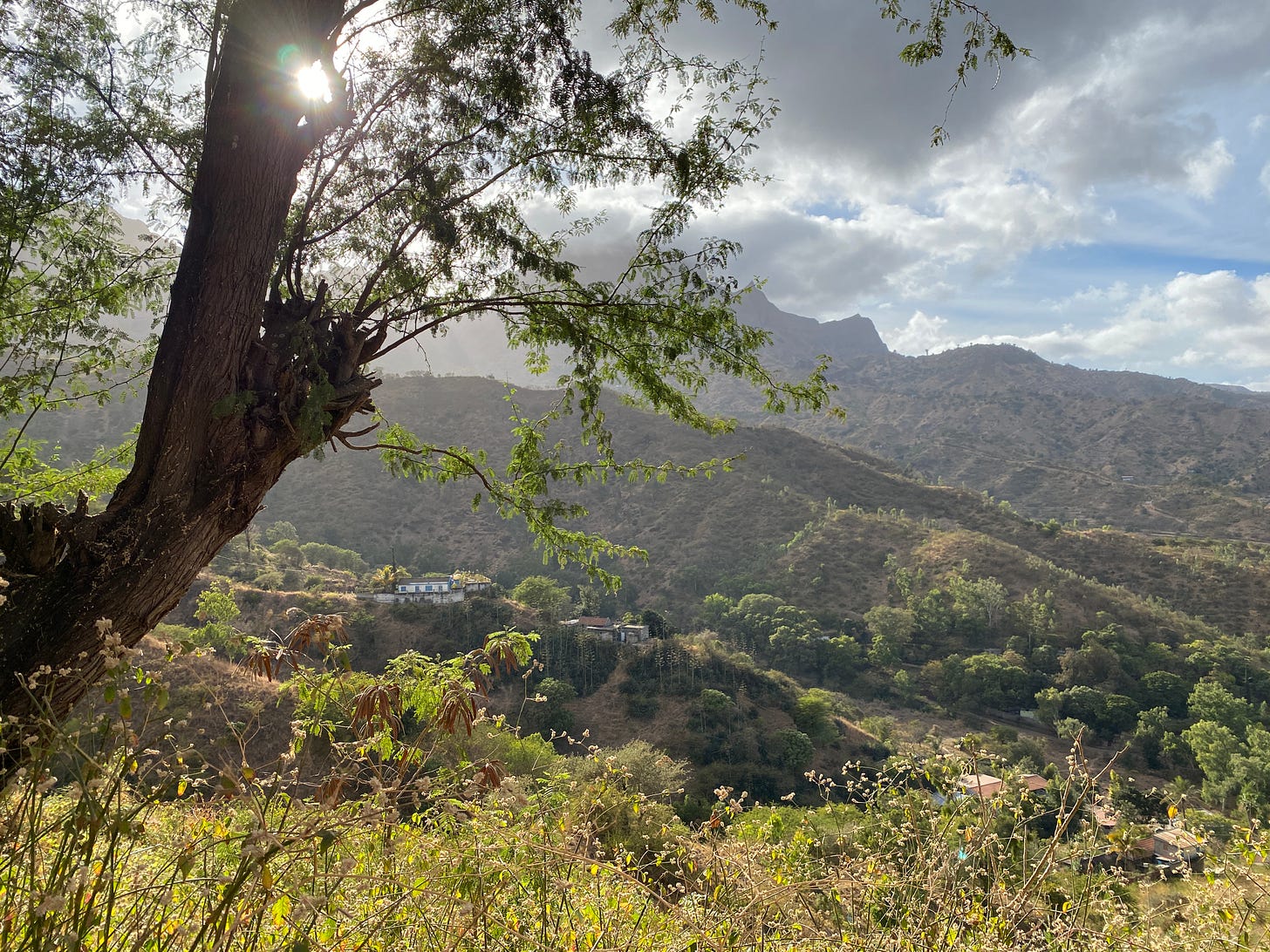
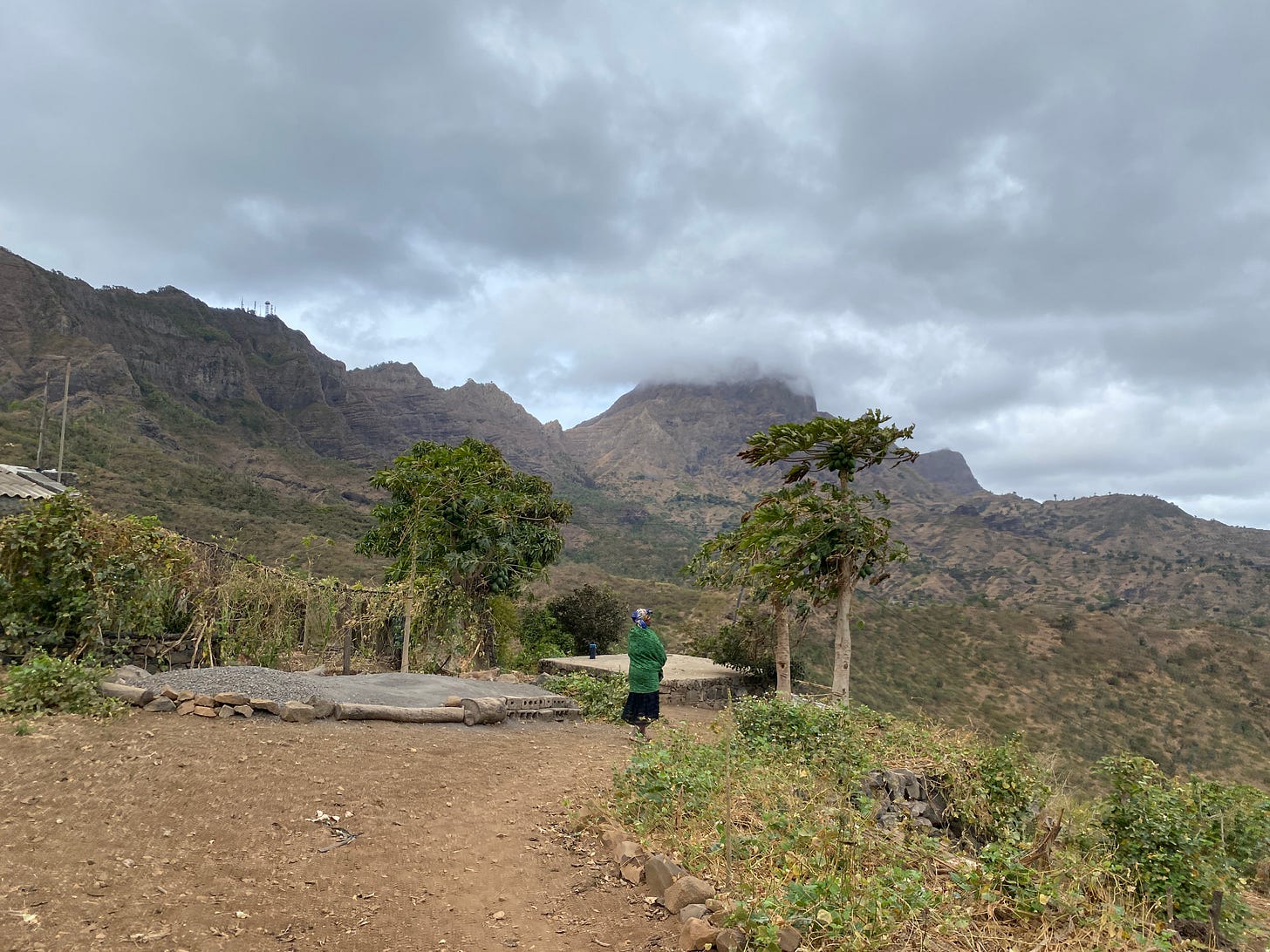
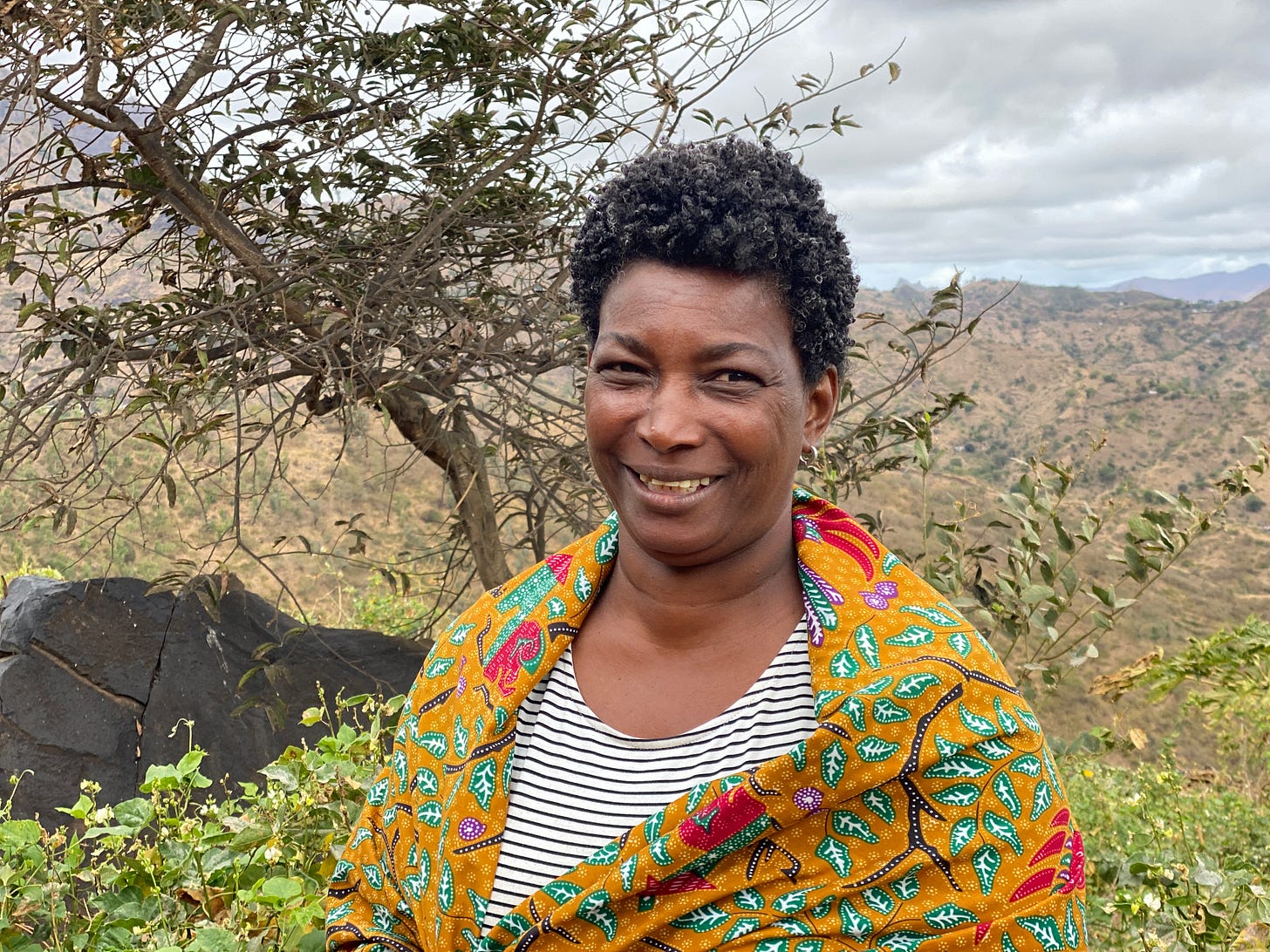
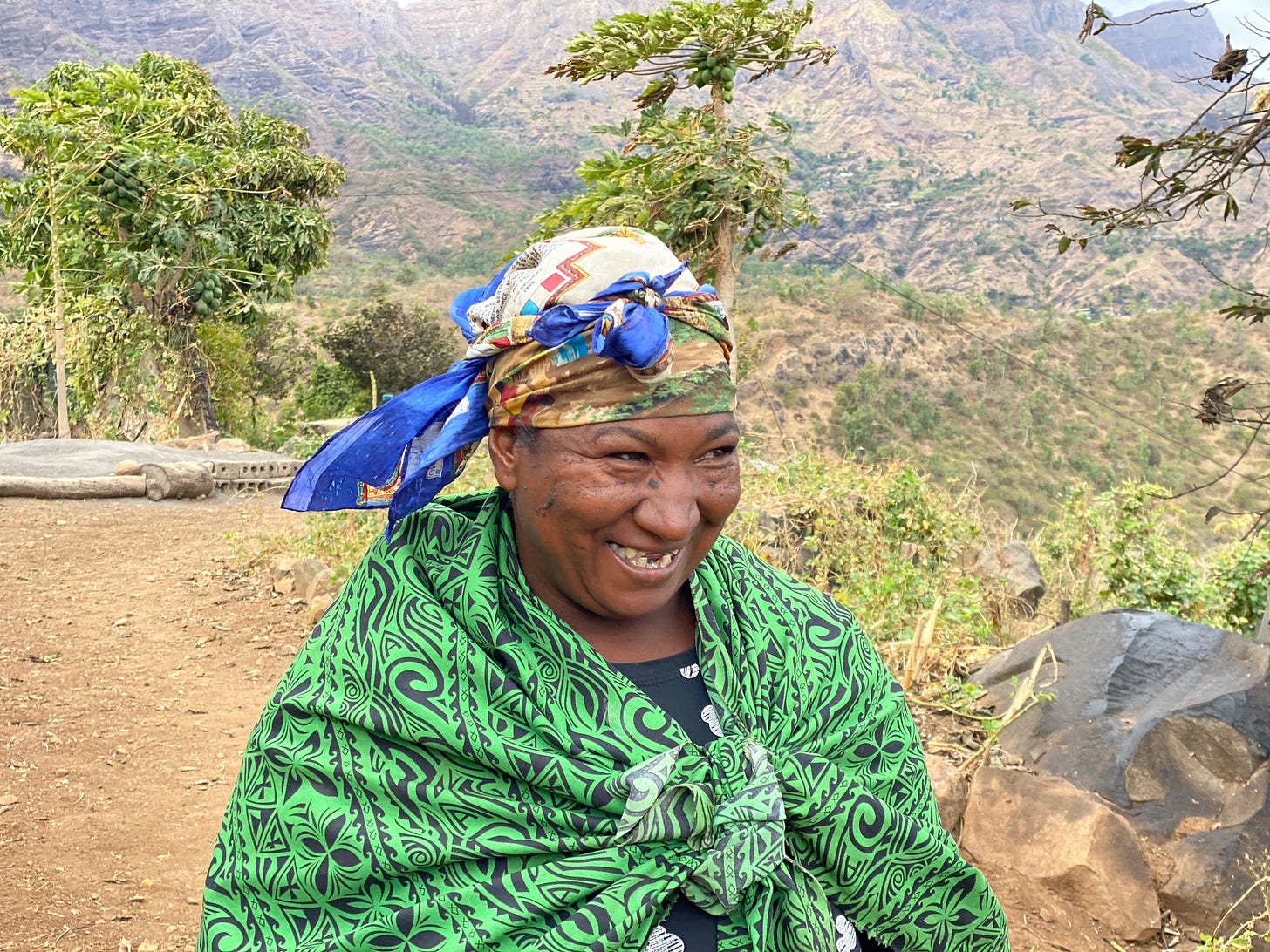

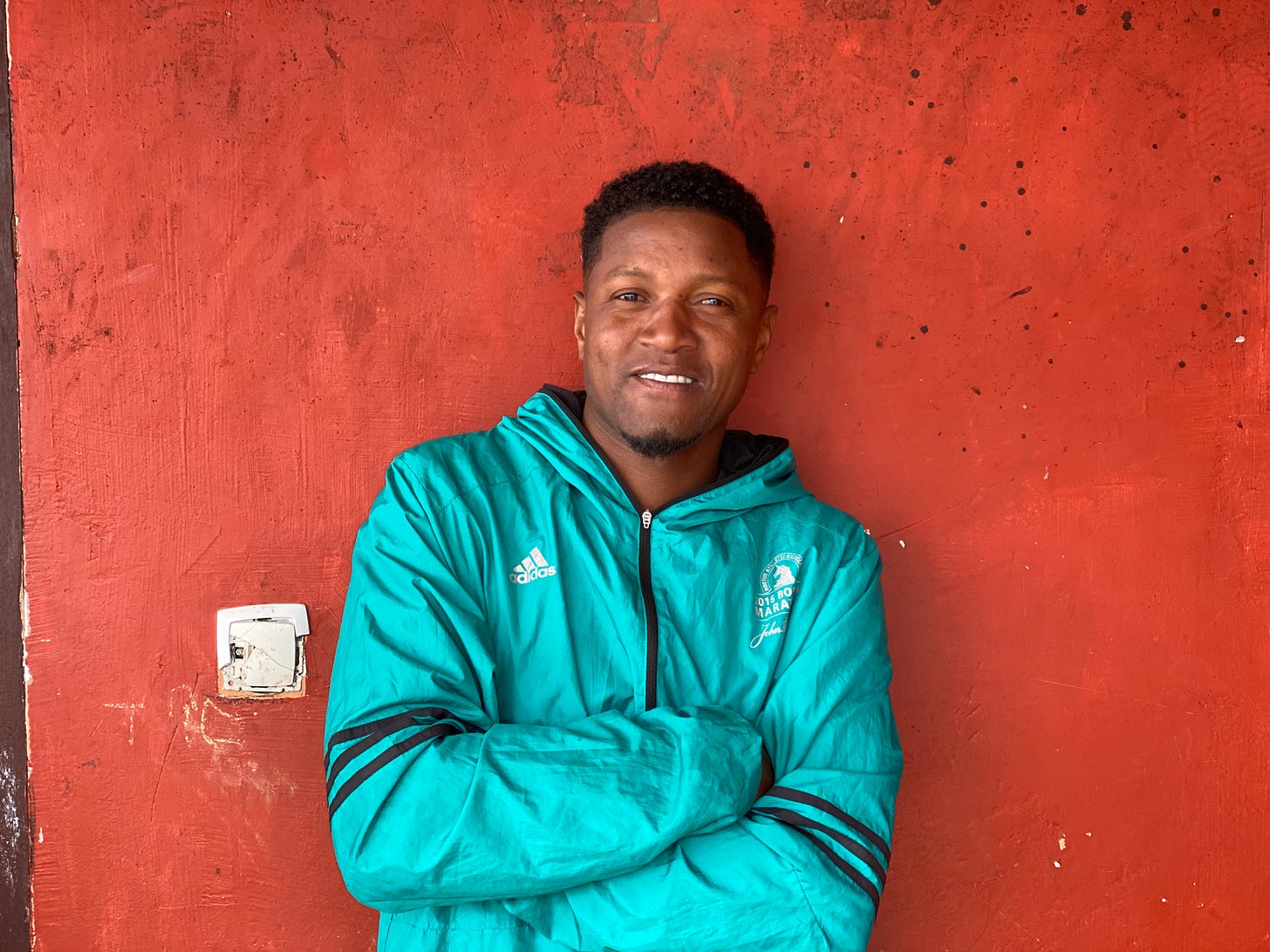
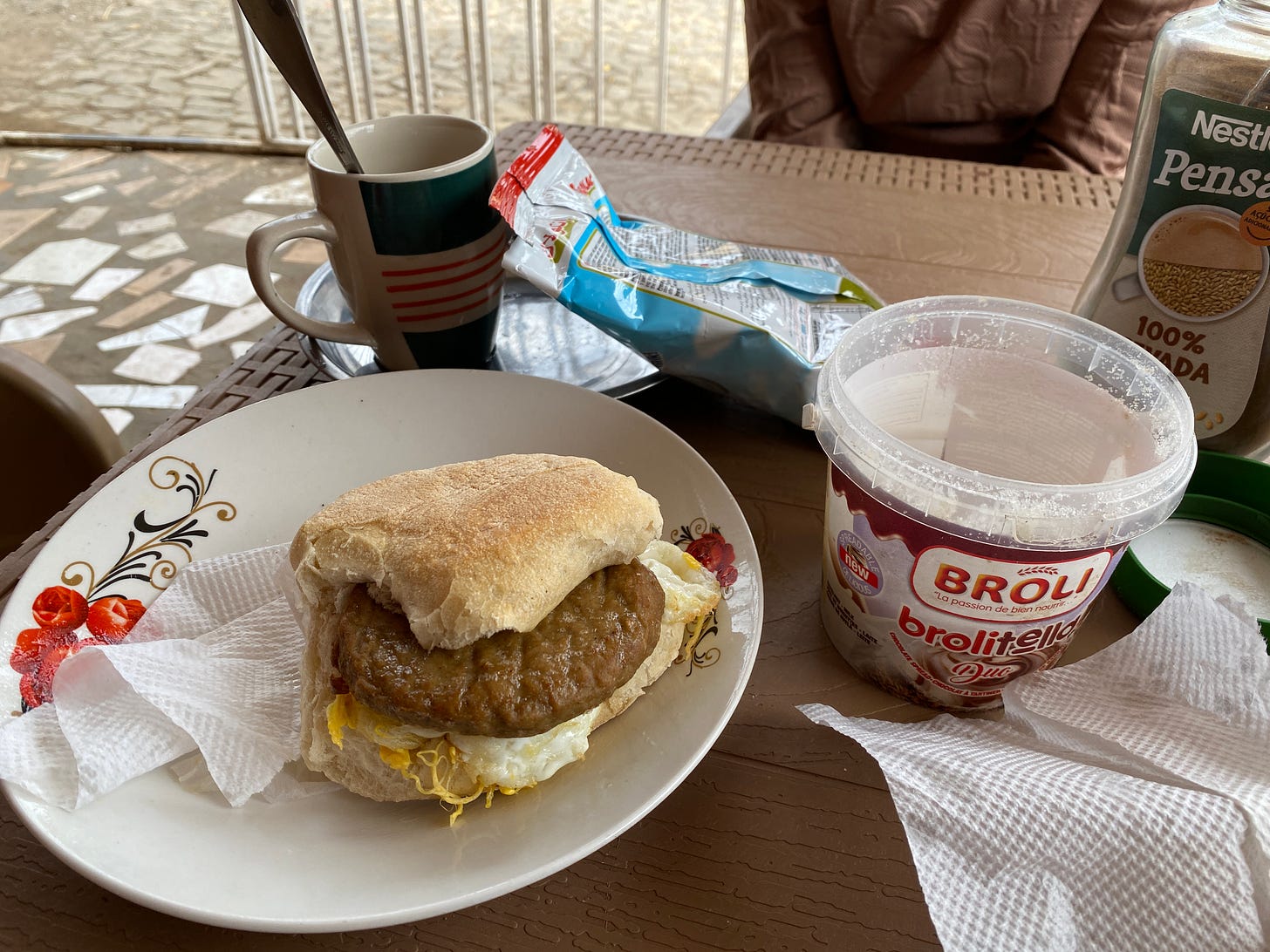
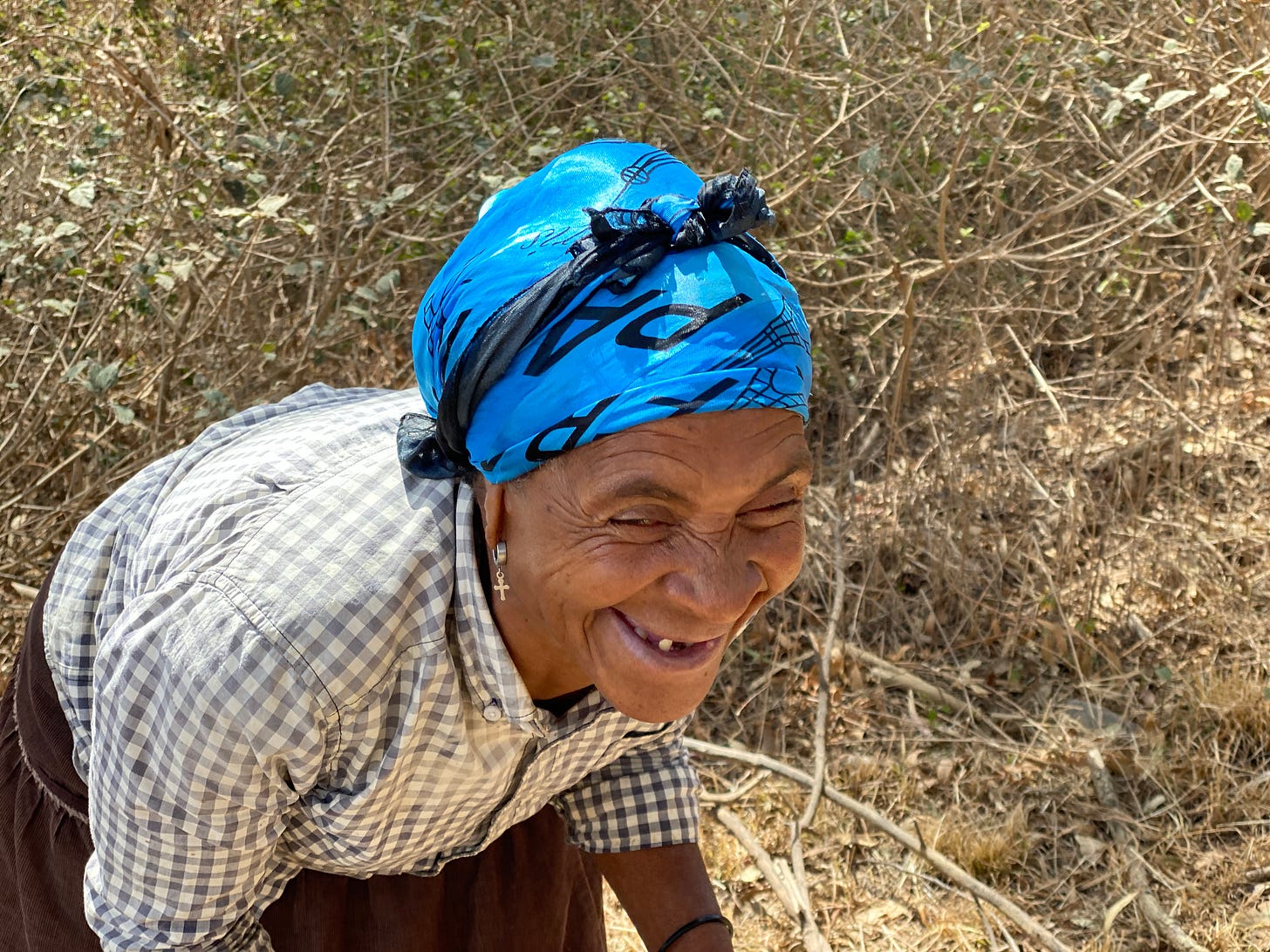
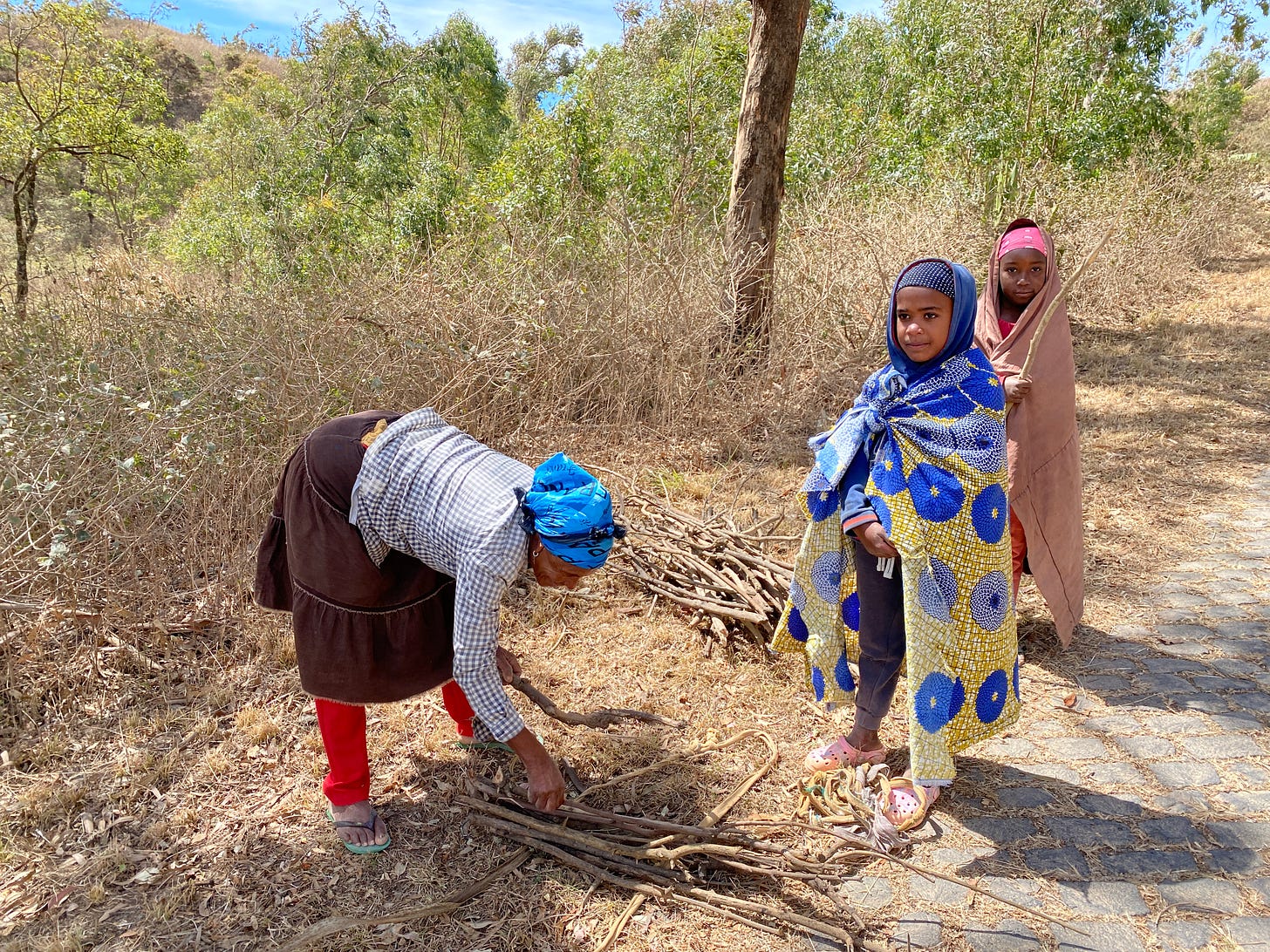
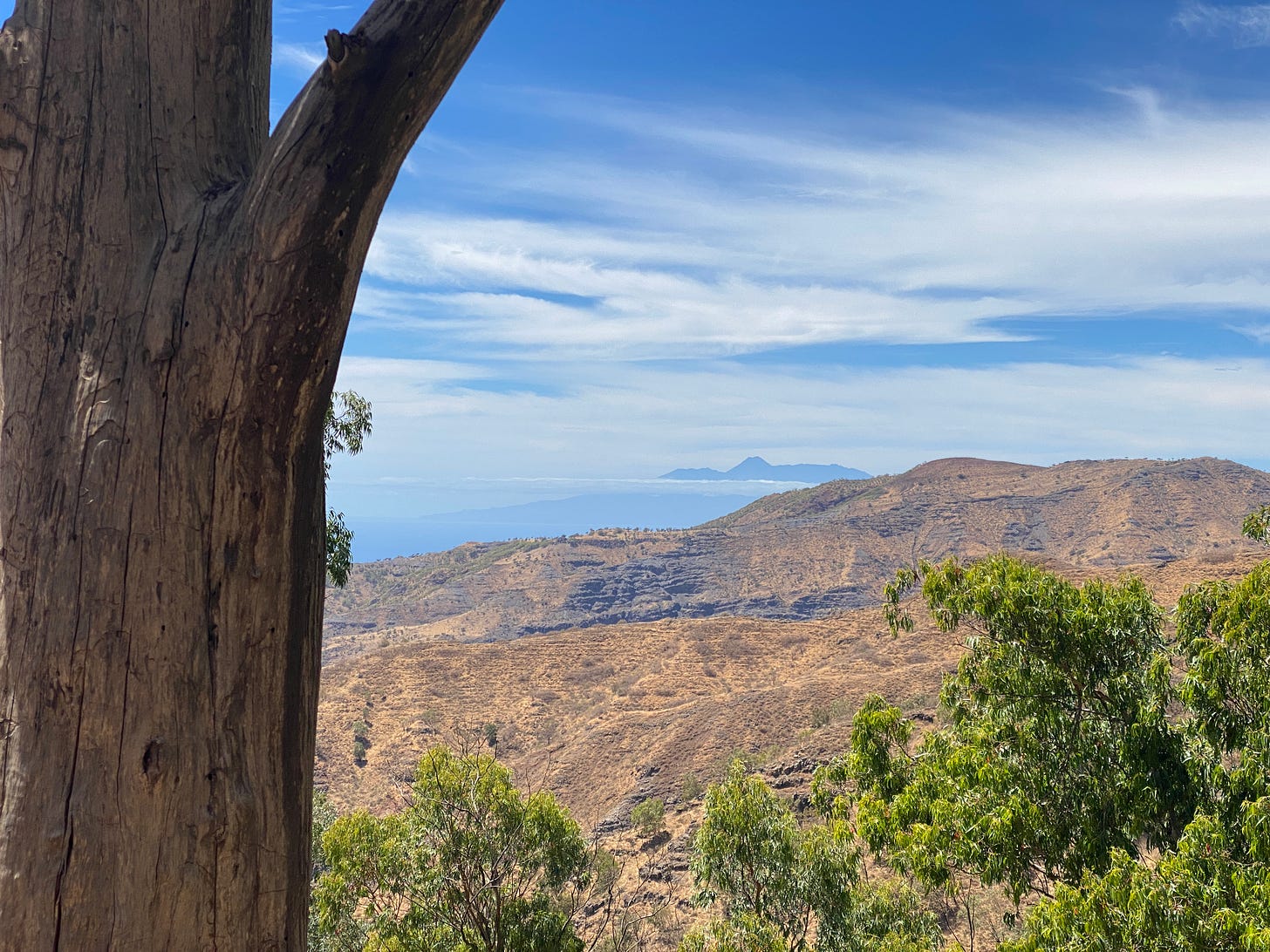
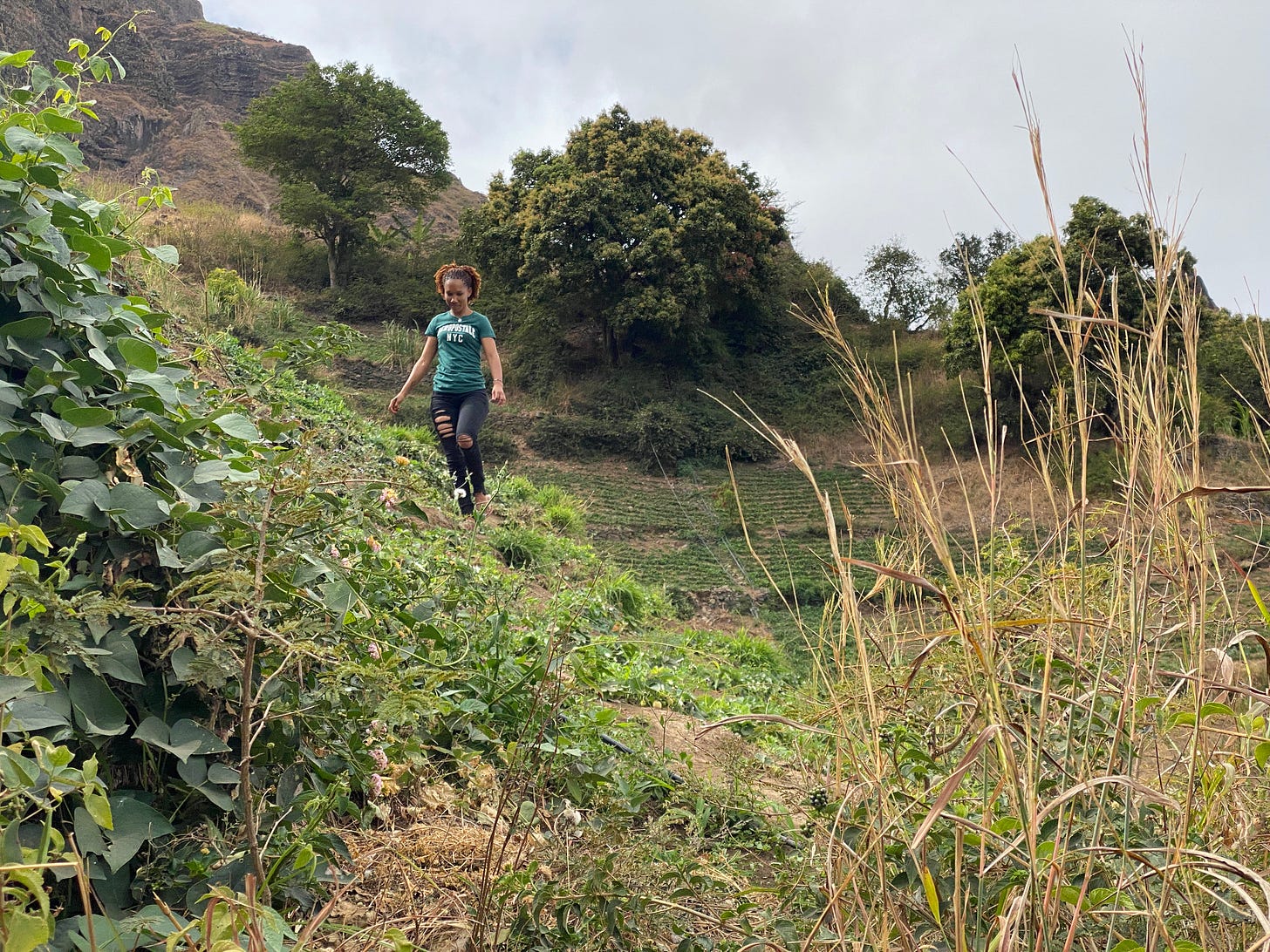
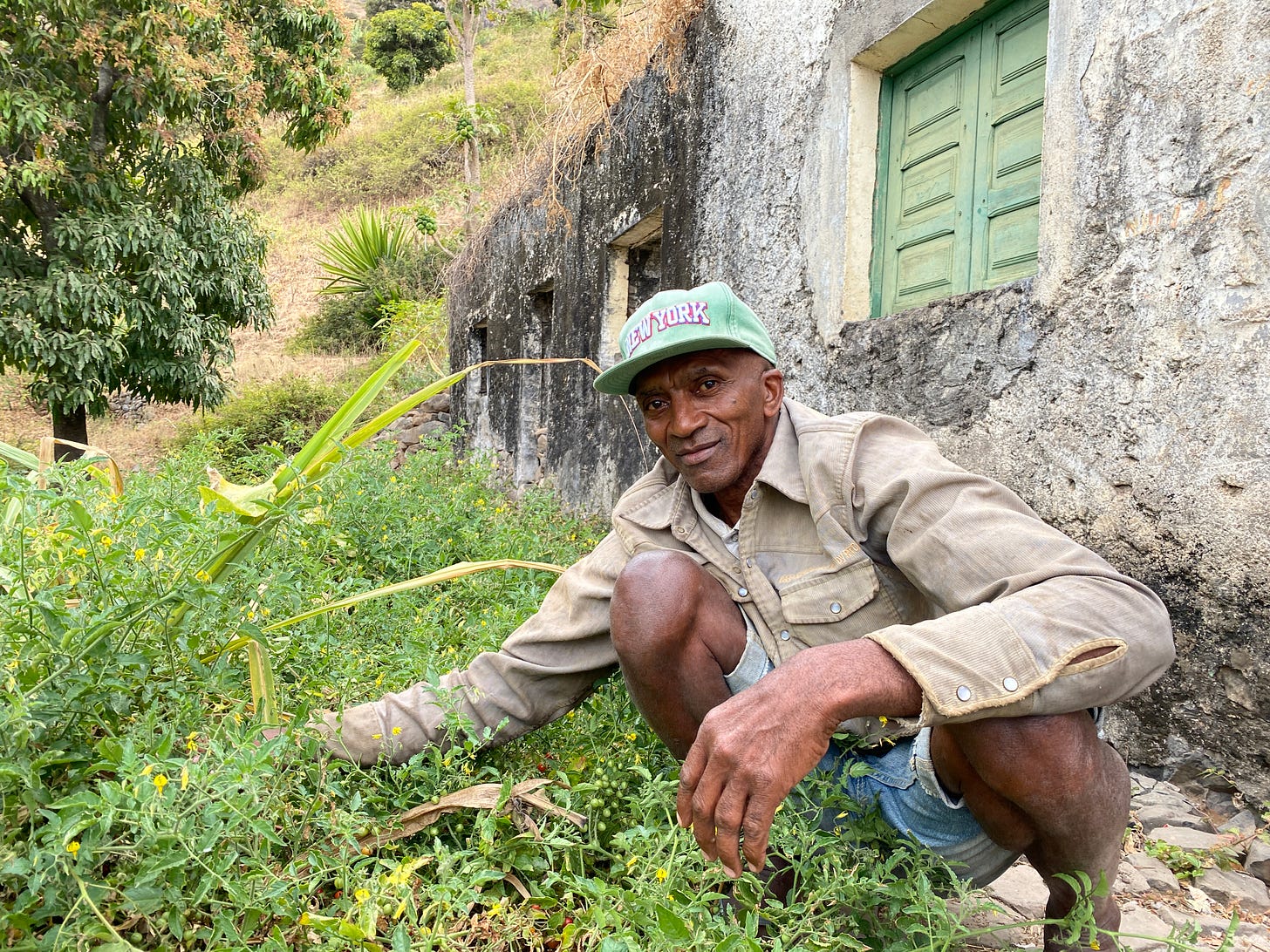
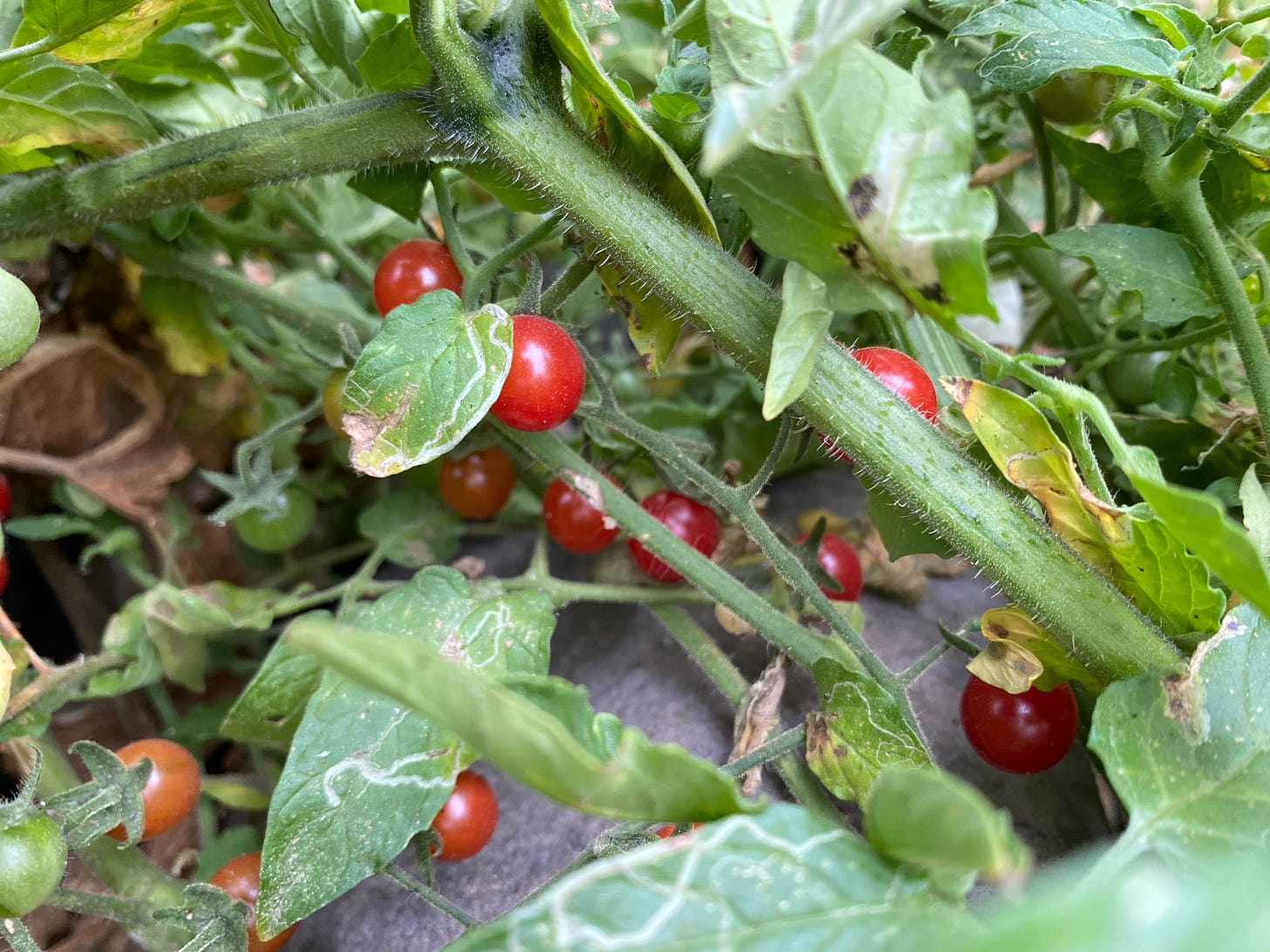
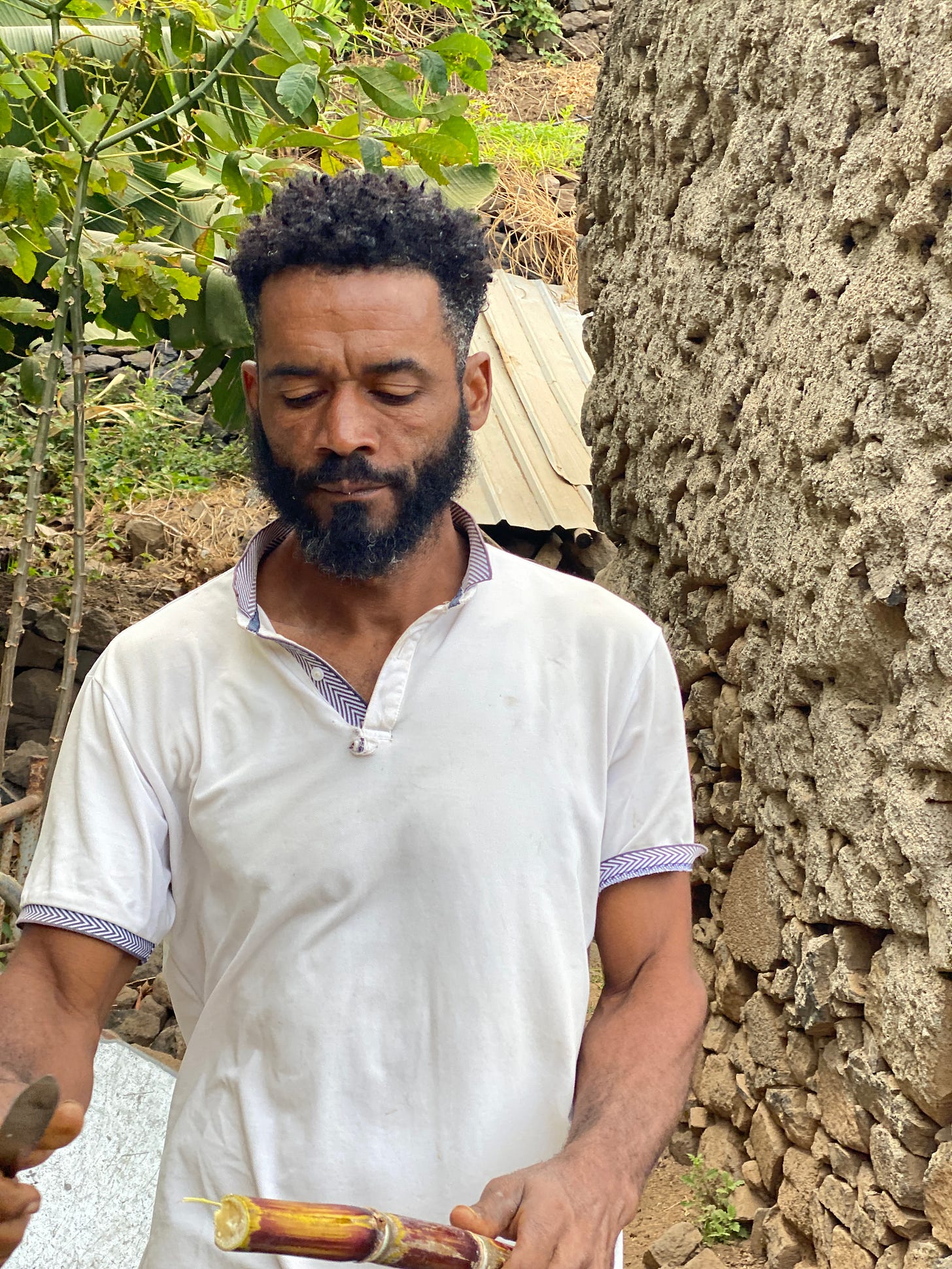
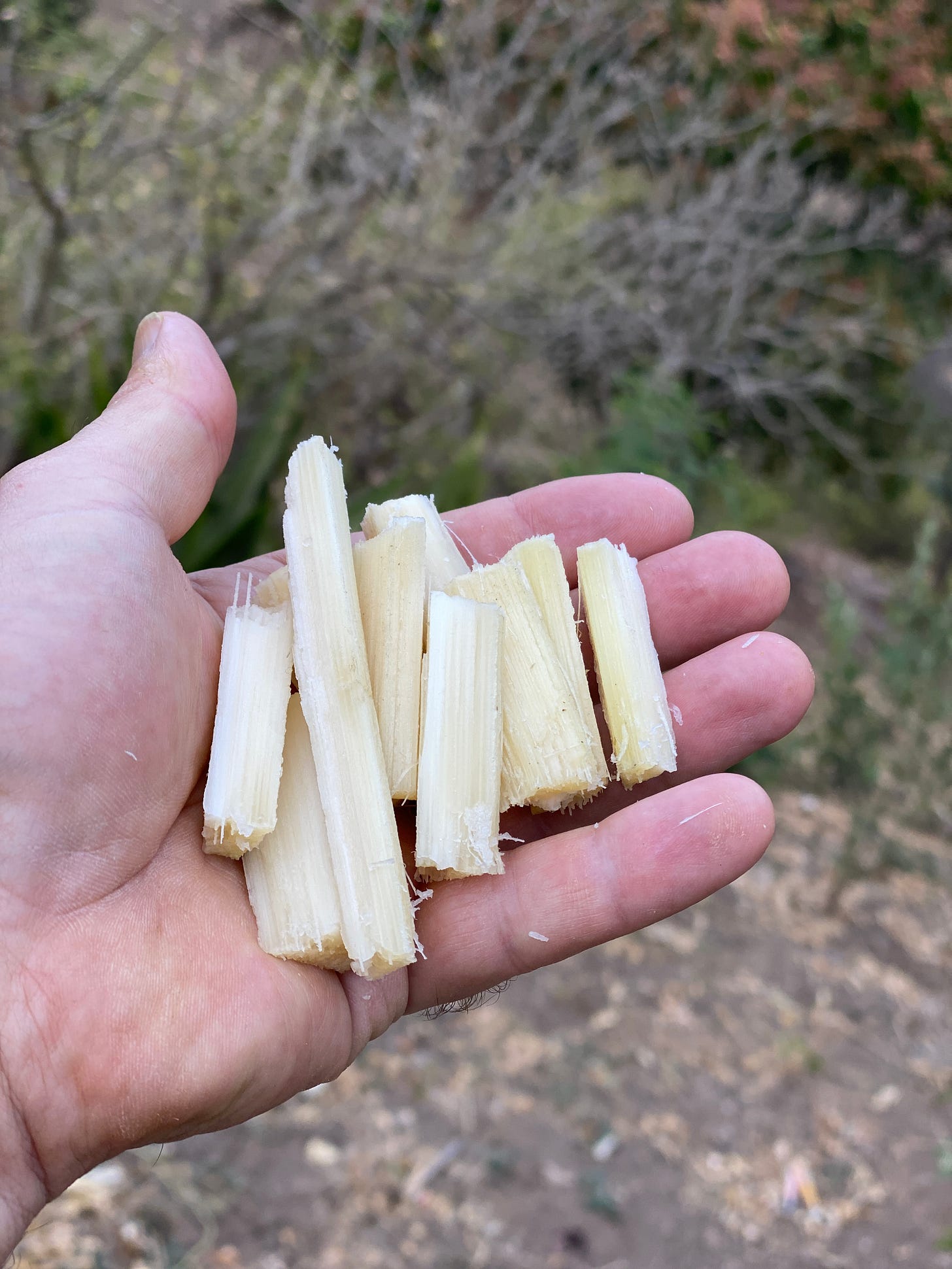
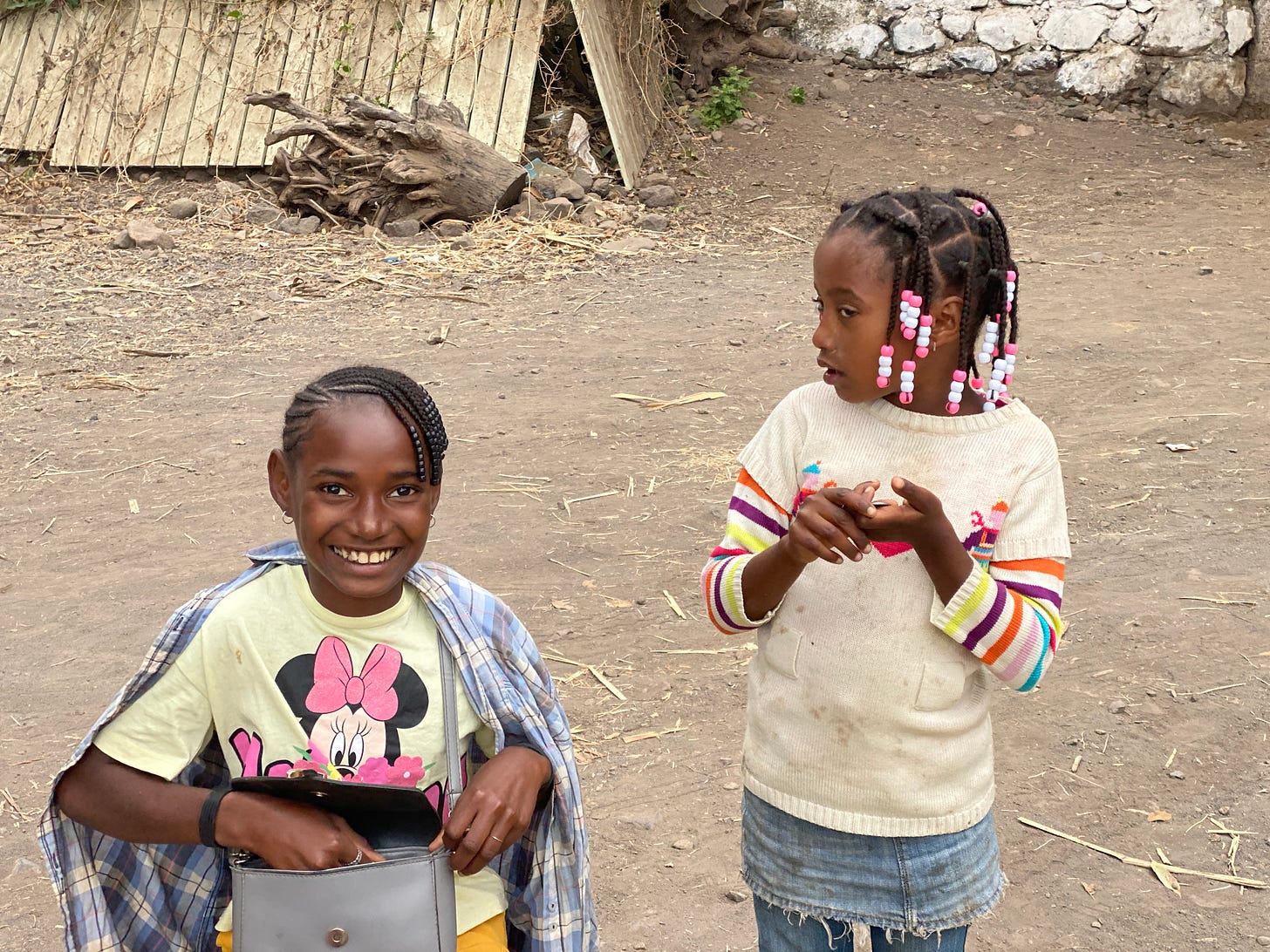
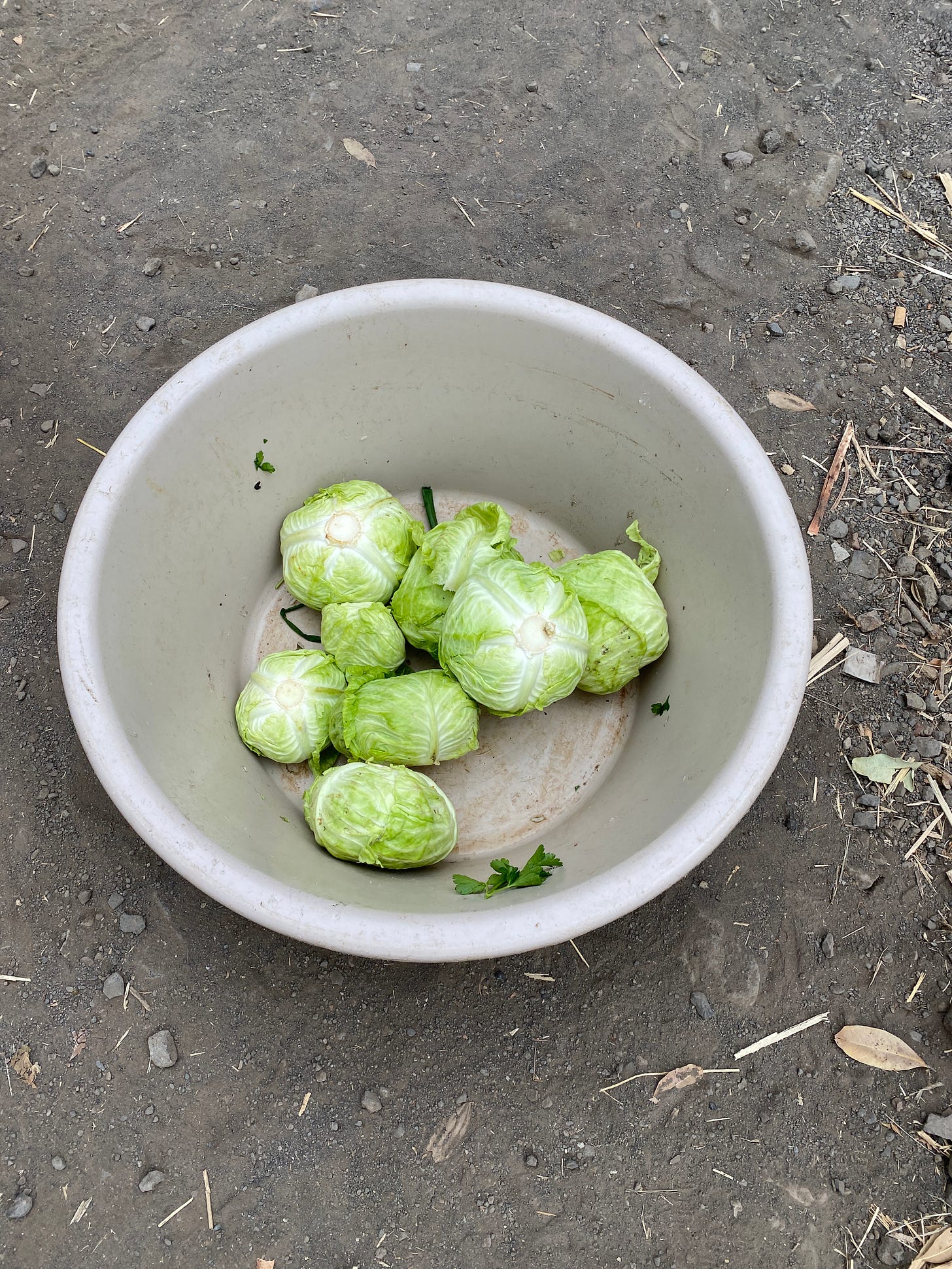
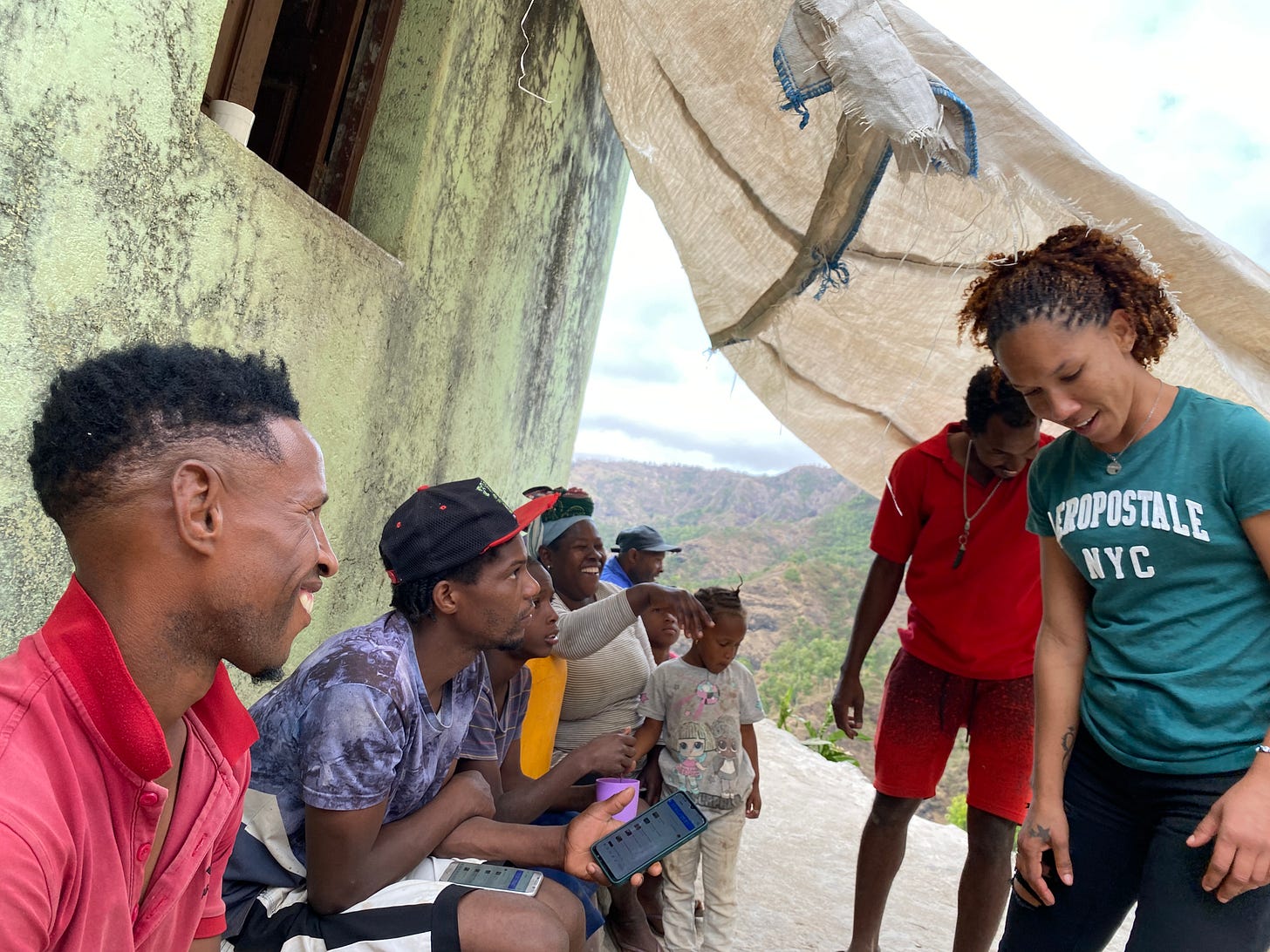
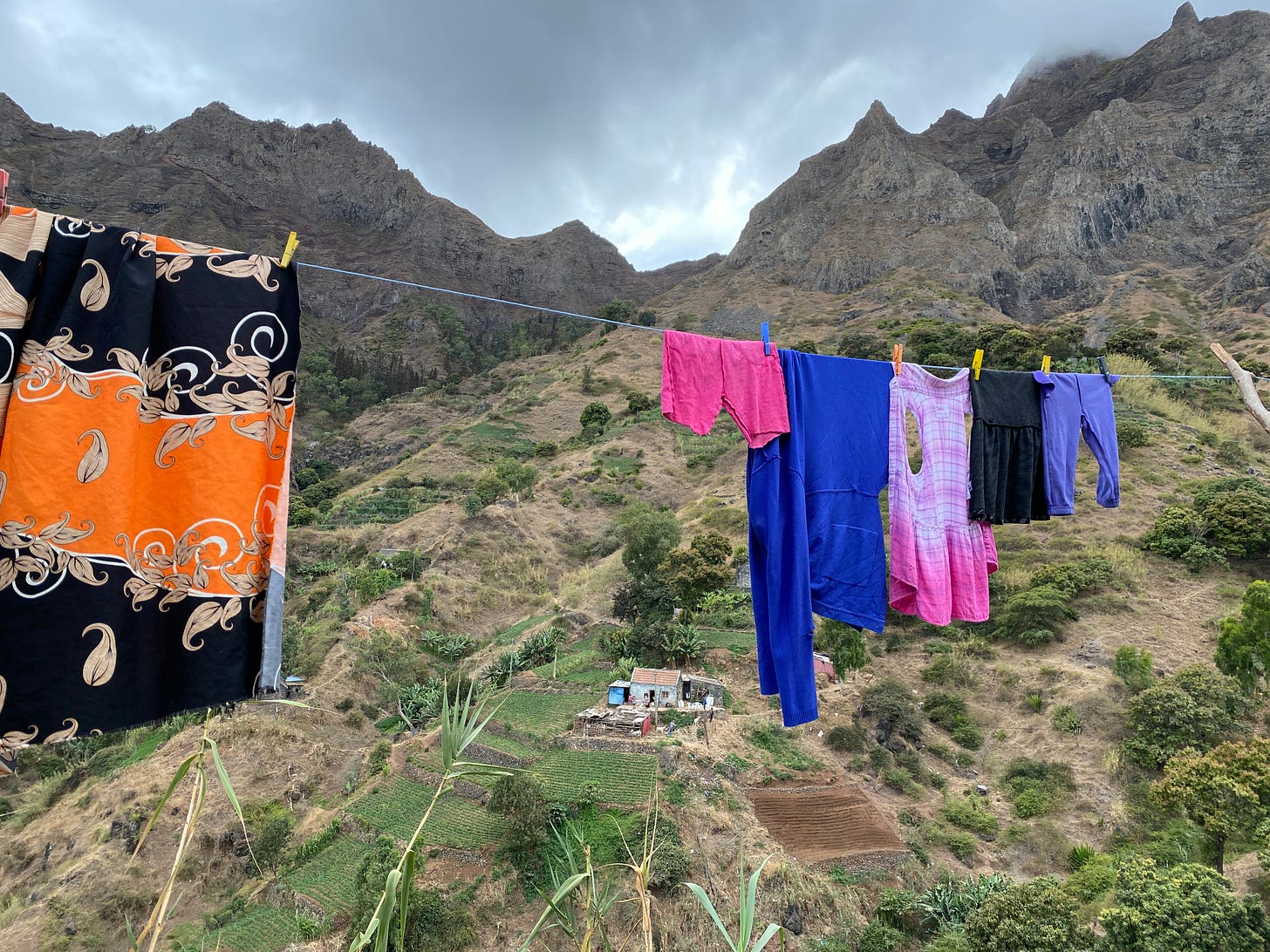
I must go there one day too,✌️ this is what I love in my travels 👌